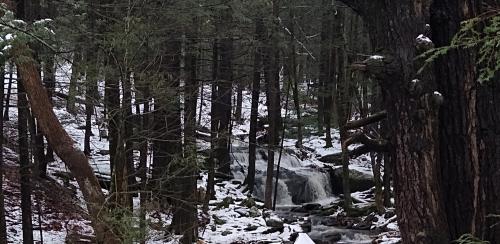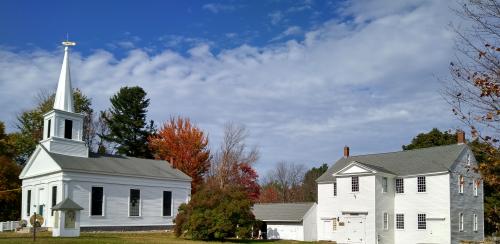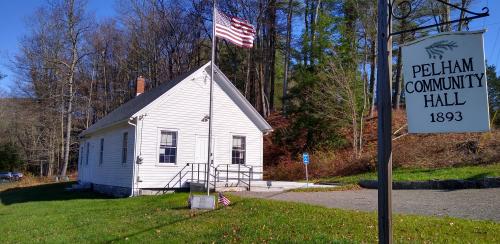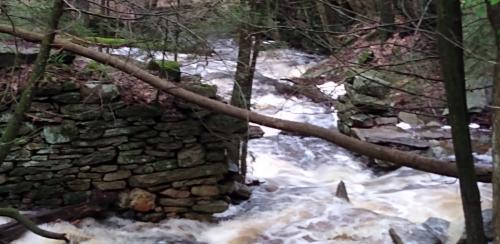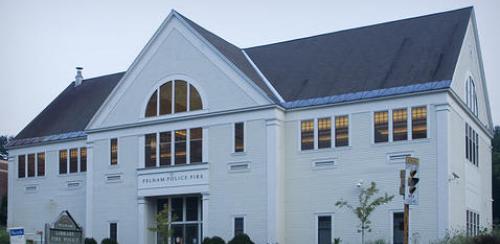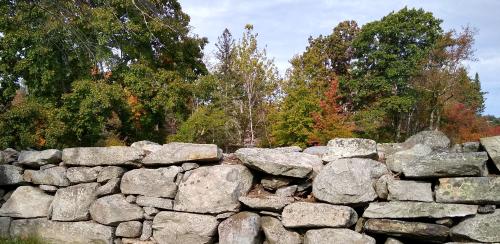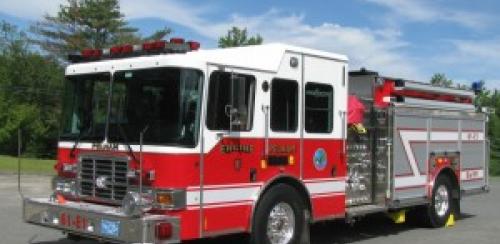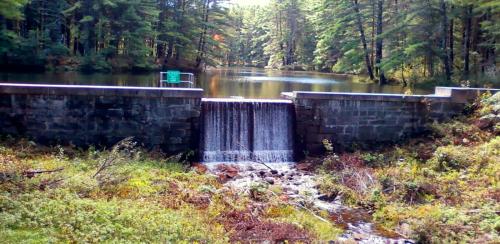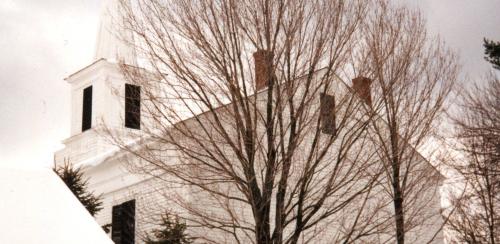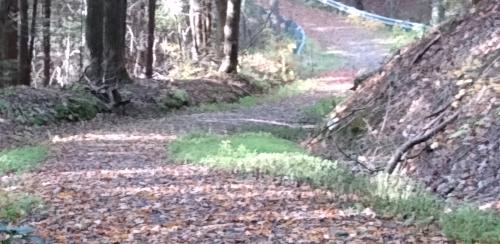About Pelham
- Settled: 1739
- Incorporated: 1743
- Location: Connecticut Valley
- Area: 24.782 Sq. Miles
- Miles of Roadway: 45.84
- Registered voters: ~1050
- Population: 1280 (2020 Actual, US Census Bureau)
- FY2023 Tax Rate: $17.86
- Form of Government: Open Town Meeting
- Designated Green Community: 2012
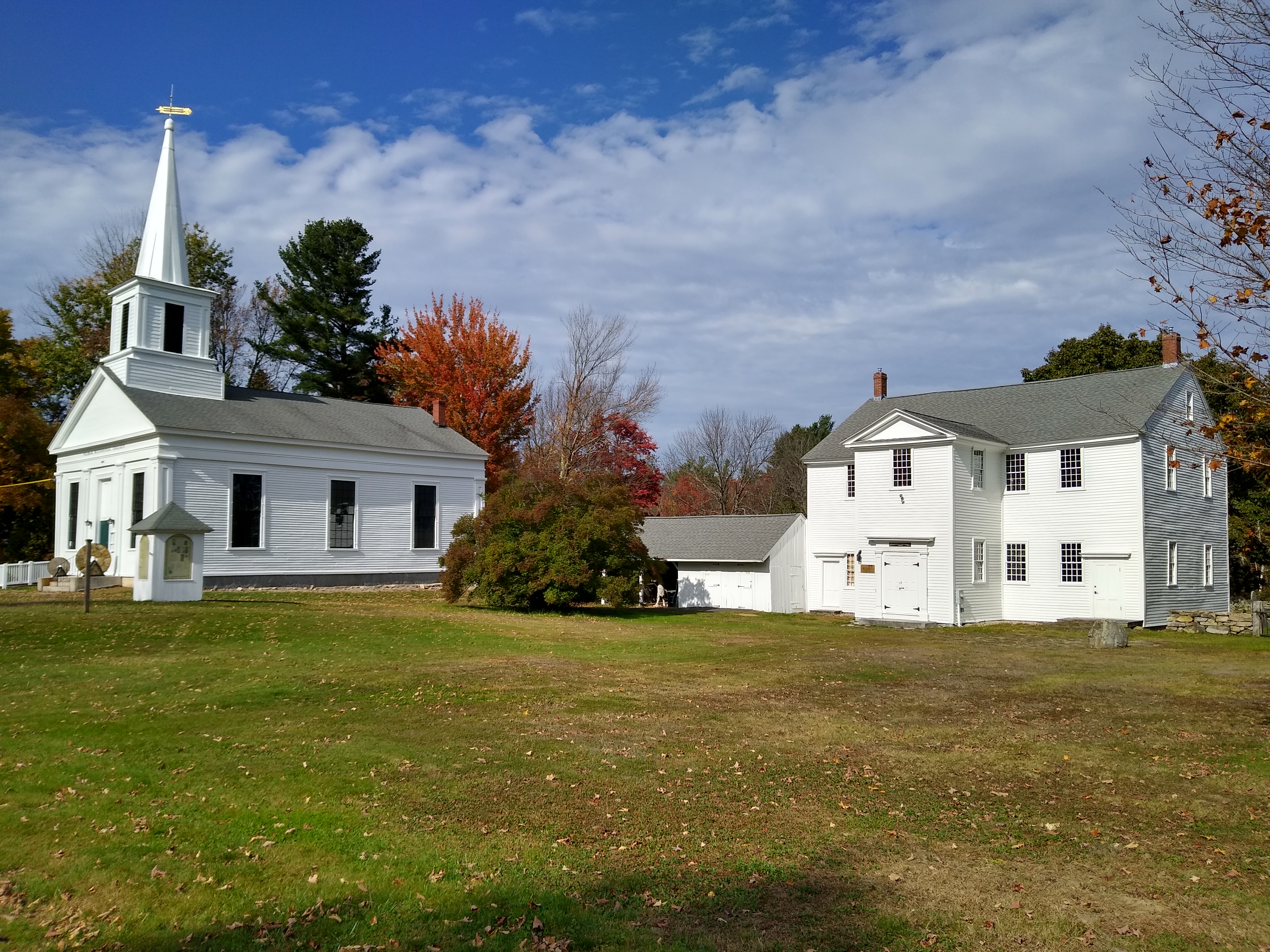
Pelham is a small, pleasant town perched on the ridge that divides the Connecticut River's Pioneer Valley from Quabbin Reservoir and central Massachusetts. The eastern one-third of the town is state owned land, part of the Reservoir watershed. Almost one-third of Pelham's original land area is now part of the Quabbin Reservoir, which was constructed in the 1930's. Daniel Shays Highway, now part of Route 202, was built as part of the reservoir project.
About 1280 people now live in Pelham. The Pelham School System is the Town's largest employer. Industry is comprised of a small manufacturing facility and a poultry farm. Most employed persons work out of town at businesses, nearby colleges and the University of Massachusetts. Pelham is home to many retired people who enjoy the environment and cultural opportunities of the region.
Settled in 1739 by Scottish Immigrants, Pelham was incorporated as a town in 1743. Its most famous citizen was Capt. Daniel Shays, who led a year-long rebellion against the courts and state officials who were seizing farms for payment of debts of families made poor after the Revolution. Planned in the local meeting place, Conkey's Tavern, this rebellion of 1786 is credited with bringing about the Constitutional Convention held in Philadelphia in 1787. Pelham's Old Meeting House, built in 1743, is the oldest town hall in continuous use in the nation and is still the site of the Fall Town Meeting, often referred to as the purest form of democracy practiced widely in New England communities.
Pelham once had extensive fields and farms. Water powered grist and wooden turning mills dotted the streams. West Pelham served as a terminus of a regional electric trolley system, and was the site of the Orient Springs health resort and the first factory to produce bamboo fishing rods in the United States. Building stone was quarried from several locations in Town and shipped throughout the region. Old Chapel at the University of Massachusetts and Johnson Chapel at Amherst College are faced in Pelham stone.
Today most of Pelham is forestland laced with residences along 46 miles of roads. Large forest tracts in Pelham are owned by the Town of Amherst for drinking water supply, and by the University of Massachusetts and Amherst College for research and recreation. The Town has acquired several key tracts for conservation and passive recreation.
A tradition of pride and independence are exemplified even today. The Town Library currently houses approximately 74,000 volumes and is located next to the School. The community has a volunteer Fire Department, its own Police Department, and Elementary School with about 105 students.

